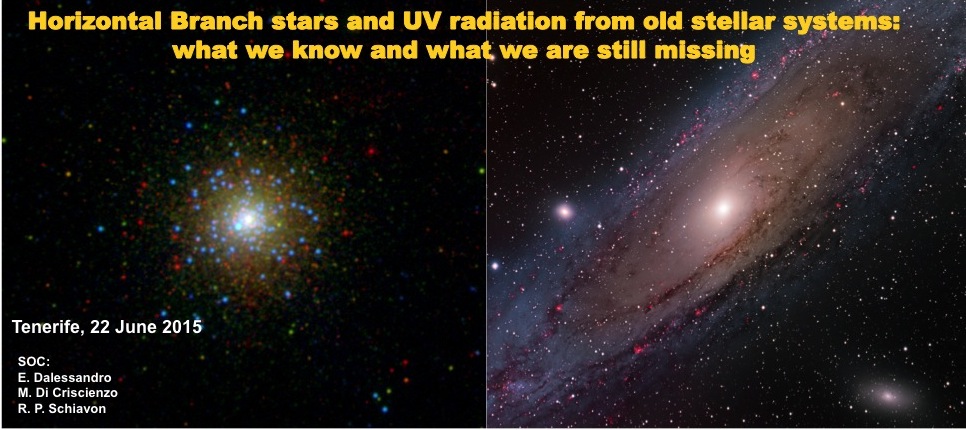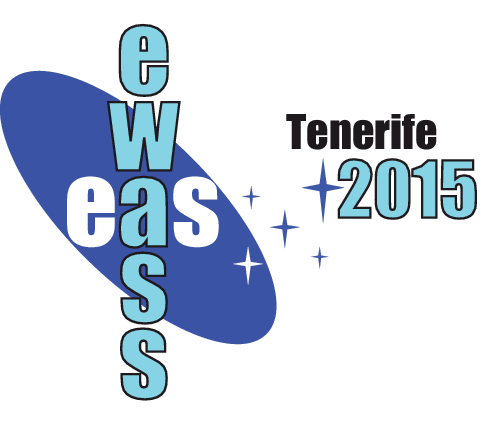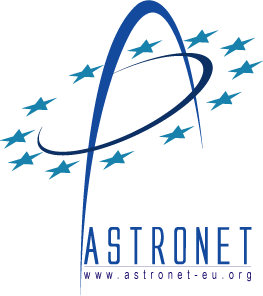|
Special Session Sp11
22 June 2015

Aims and scope
The interpretation of the resolved and unresolved light of galaxies and stellar clusters in terms of their mix of stellar populations of different ages and stellar compositions depends crucially on the understanding of the physics of stellar evolution. This is particularly important in the post-main sequence stages, which dominate the light of old stellar populations at most wavelengths. In the ultraviolet the integrated light of those systems is dominated by hot stars, such as extreme horizontal branch (HB), Blue hook (BHk), post-AGB stars and hot sub-dwarfs (sdB, sdO). These stars have been identified in the Galaxy (in Open and Globular clusters and in the field) as well as in nearby galaxies, being believed to be responsible for the "ultraviolet upturn" observed in elliptical galaxies and bulges of spirals. While these hot and evolved stars have been the subject of intense scrutiny for decades, a clear understanding of their origin remains elusive.
We wish to bring together theoreticians and observers in the field of galactic and extragalactic stellar studies, in order to discuss the following fundamental questions whose answers may pave the path towards the solution of this fundamental astrophysical problem: what is the second parameter determining the morphology of the horizontal branch in globular clusters? What is the role of mass loss in the morphology of horizontal branch and how can observations best constrain the physics of this process? How can elemental abundance determinations help constrain the physics of convective mixing within the interiors and envelopes of red giant branch stars? Is there a connection between He-rich stars in massive globular clusters and the UV upturn in unresolved old stellar populations? What are the future observational tests that can help constrain state of the art post-main sequence models so as to shed light on this problem? What new observational facilities may be needed in order to conduct those tests?
Because both old evolved and young-intermediate age stars contribute to the integrated light of galaxies at short wavelengths in ways that are difficult to disentangle, a better understanding of the old component should greatly benefit studies of the history of star formation and chemical enrichment of these systems. Such studies depend on a detailed quantitative assessment of both the old and intermediate age components to the integrated light, so that experts in both fields will be invited to review the state of the art in their respective fields.
Credits for the image: NASA/ JPL - Caltech
Programme
- Theory of hot and evolved stars, challenges in stellar structure and evolution
- Observations of hot stars in globular clusters and in the Galaxy
- Unresolved stellar populations and UV upturn problem in galaxies
Invited speakers
- Maurizio Salaris (Liverpool John Moores University, UK)
- Thomas M. Brown (Space Telescope Science Institute, USA)
- Sukyoung K. Yi (Yonsei University, KR)
- Suzanna Randall (ESO, Germany)
Scientific organisers
- Emanuele Dalessandro (University of Bologna)
- Marcella Di Criscienzo (INAF Roma)
- Ricardo P. Schiavon (Liverpool John Moores University)
Contact
emanuele.dalessandr2 @ unibo.it
Updated on Fri Mar 13 17:18:38 CET 2015
|

 A power cut will shut down all EAS services on Tuesday, 10 January 2017 starting at 7:30 CET.
A power cut will shut down all EAS services on Tuesday, 10 January 2017 starting at 7:30 CET.


















